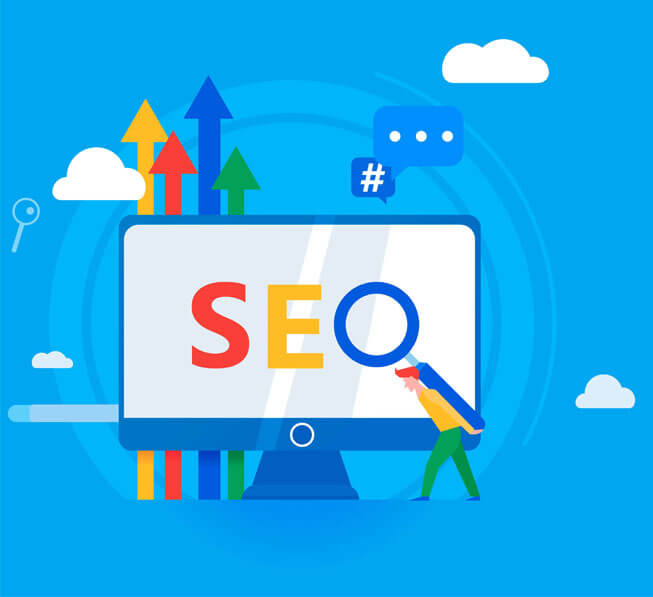In the dynamic world of SaaS (Software as a Service) development, navigating the cloud environment is crucial for delivering efficient, scalable, and secure applications. This comprehensive guide aims to equip SaaS software developers with the necessary tools, strategies, and insights to thrive in the cloud ecosystem.
Understanding the Cloud Landscape for SaaS
The cloud landscape presents a myriad of opportunities and challenges for SaaS developers. Leveraging cloud services effectively is key to developing applications that are both robust and adaptable to changing market demands.
The Importance of Cloud Services in SaaS
Cloud services offer scalability, flexibility, and cost-effectiveness, making them indispensable in the SaaS model. They allow for rapid deployment and easy updates, which are essential in today’s fast-paced tech environment.
Choosing the Right Cloud Service Provider
Selecting a cloud service provider (CSP) is a critical decision. Factors to consider include scalability, security, compliance, and support. Popular providers like AWS, Google Cloud Platform, and Microsoft Azure offer a range of services tailored to different needs.
Designing for Scalability and Efficiency
SaaS applications must be designed with scalability in mind to handle varying loads seamlessly.
Implementing Microservices Architecture
Microservices architecture enables developers to build applications as a collection of loosely coupled services, which enhances scalability and eases the update process.
Optimizing Resource Utilization
Efficient use of resources in the cloud is vital for cost control and performance. Techniques like auto-scaling and load balancing ensure optimal resource utilization.
Ensuring Security and Compliance
In the cloud, security and compliance are paramount, especially for SaaS applications handling sensitive data.
Data Security Strategies
Employ encryption, secure access controls, and regular security audits to protect data. Understanding and adhering to data protection regulations is also crucial.
Compliance with Industry Standards
Ensure that your SaaS application complies with relevant industry standards like GDPR, HIPAA, or SOC 2. This not only secures data but also builds trust with users.
Leveraging Cloud Analytics and AI
Cloud platforms offer advanced analytics and AI capabilities that can be integrated into SaaS applications.
Utilizing Analytics for Better Insights
Use cloud-based analytics tools to gather and analyze data, providing valuable insights into user behaviour and application performance.
Enhancing Applications with AI
Incorporate AI and machine learning to offer personalized experiences, improve decision-making processes, and automate routine tasks.
Best Practices for Cloud-Based SaaS Development
Adhering to best practices ensures that SaaS applications are not only functional but also resilient and user-friendly.
Continuous Integration and Continuous Deployment (CI/CD)
Implement CI/CD pipelines for faster and more reliable software delivery. This allows for rapid iteration and quicker response to market changes.
Emphasizing User Experience
Focus on user experience (UX) in design and development. A user-friendly interface and smooth performance are key to customer satisfaction and retention.
Conclusion
Navigating the cloud as a SaaS software developer involves understanding the cloud landscape, designing for scalability, ensuring security and compliance, leveraging cloud analytics, and following best practices. By embracing these strategies, developers can build successful, resilient SaaS applications that stand out in the competitive cloud market.





